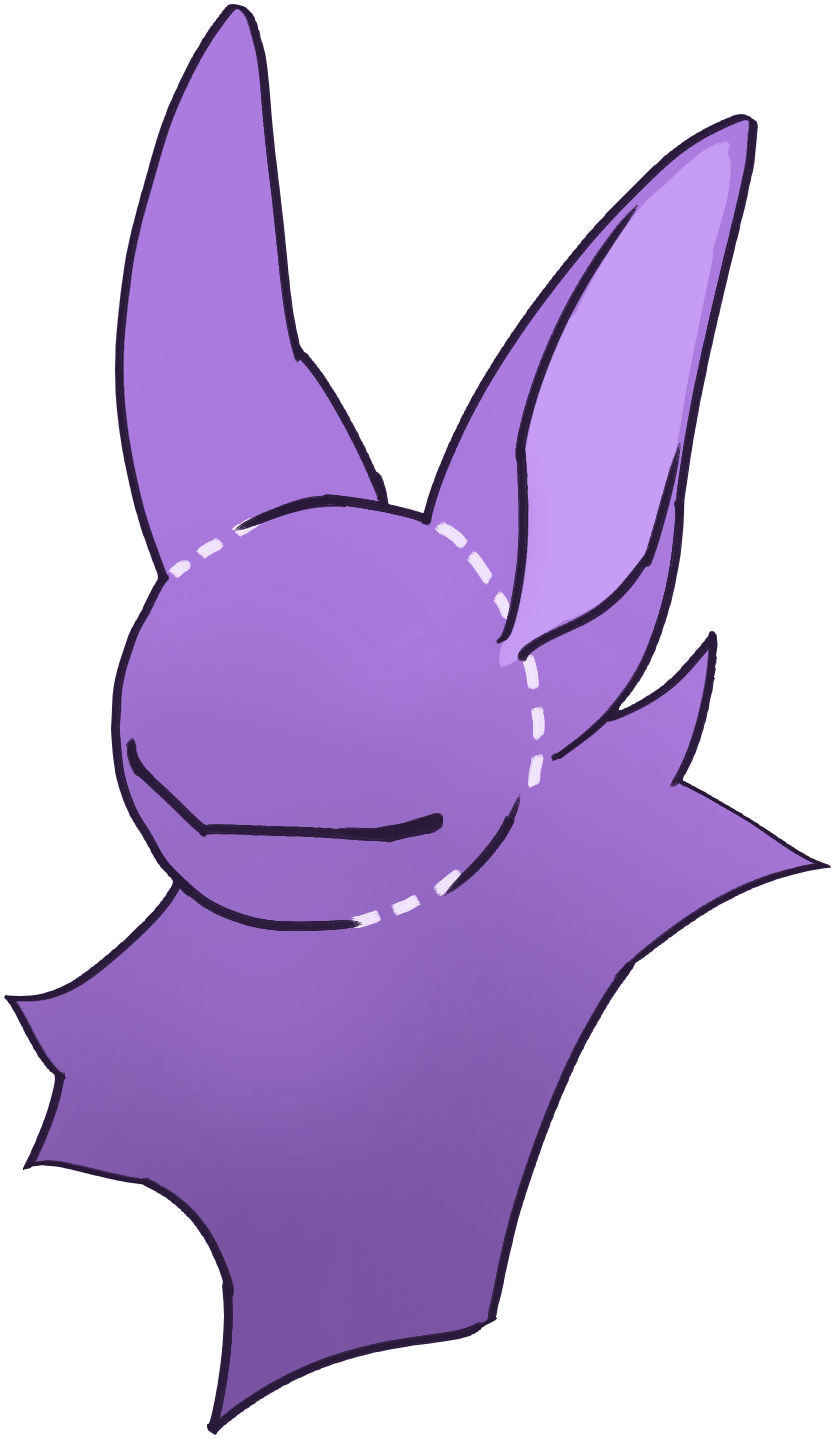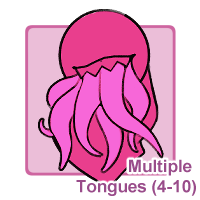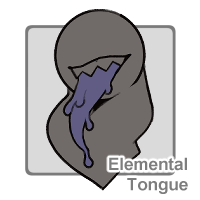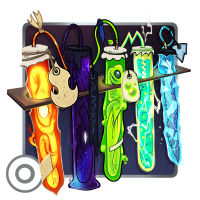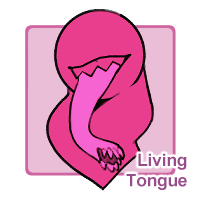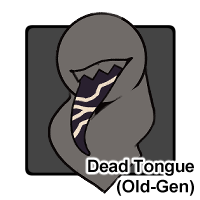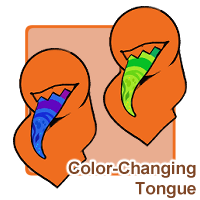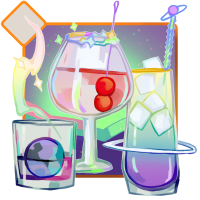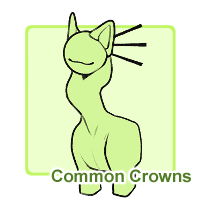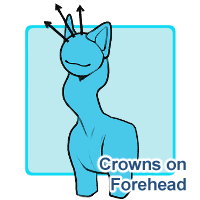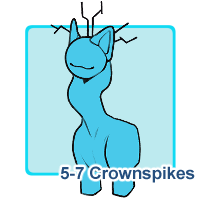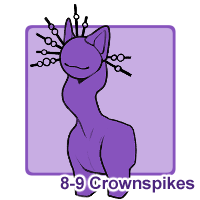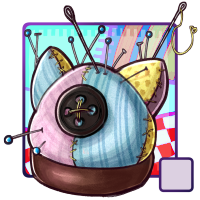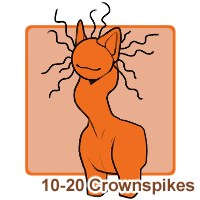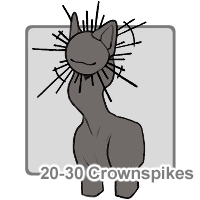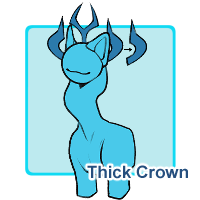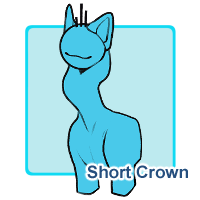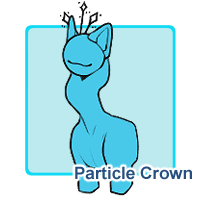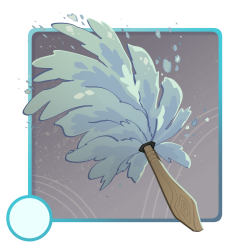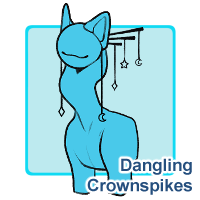Traits
[ Click here for Visual Sorter! ]
Multiple Tongues (4-10) (CCCats) (Unseen Affliction)
[CCCat has up to 9 additional tongues apart from their standard tongue (10 total tongues)]
- Tongues do not need to look visually similar, and are separate tongues that exist simultaneously.
- ALL tongues may be effected by a single trait [Example: Patternless Tongue is only needed once to effect all tongues]
- CCCATS - A CCCat’s tongue must be above 43% saturation and value to be considered a living tongue . Please provide a flat and unshaded tongue reference when submitting a MYO or Redesign (MYO and Redesign Guide)
Elemental Tongue (Touched)
[A tongue with features that are elemental or is made entirely of elemental substances]
- Elements that can affect the tongue: Water, Air, Fire, Earth, Ice, Ether, Smoke, Steam, Storm, Magma, Sludge, Electricity, Nature, Light, Space, Blood
- Can be any color, and does not need to follow living color rules
- Should follow standard base tongue shape, but can have trails of the element coming from the tongue
Can be applied by:
Transparent Tongue (Touched)
[Tongue has some blurry transparency]
- Can affect part of or all of the tongue
- Tongue can have markings or be patternless
- Can be any color, and does not need to follow living color rules
Object Tongue (Touched)
[Tongue is replaced by an object or has inanimate objects growing on it]
- Entire tongue or part of tongue is replaced by or covered in an object of some kind. Examples are a scarf, yarn, stone, wires, etc
- Should retain standard tongue shape
- Can be any color, and does not need to follow living color rules
Hand Tongue (Unseen Affliction)
[The tongue ends in a prehensile hand]
- Tongue ends in a prehensile hand
- Must match general size and anatomy of a CCCat hand
- Does not need to follow living color rules
Living Tongue (Unseen Affliction)
[The tongue resembles a creature or has a mouth on the end]
- Tongue resembles a creature such as a snake, eel, centipede, etc
- Tongue ends in a mouth
- Does not need to follow living color rules
- Living Tongue may not have eyes
- Living Tongue may not resemble an existing Skire species or other original species
Dead Tongue (Old-Gen) (Lore Breaking)
[Tongue created with dead colors unintentionally or before rules were in place. The lore surrounding dead tongues can be used for these CCCats. Cannot be swapped for other traits]
Old-gen CCCats and CCCat Color ranges
Due to the construction of the lore, some CCCats were made with grayscale, pastel, or out-of-range colors on their tongues and eyes. In lore this means that the CCCat is dead, dying, or revived and without a lore reasoning is considered "Old Gen." You will be allowed to keep the tongue/eye the same to keep the dead colors through subsequent redesigns (though we will ask that the eye and tongue remain similar in theme to avoid mimicking other traits, such as a change from a yellow and white striped tongue to a pure black tongue.) and give them personal lore to explain the colors.
- "Old-Gen" traits cannot be swapped out for other traits.
- Designs will only be granted the “Old-Gen” label if the CCCat has a dead eye or tongue and falls between 1 - 516 for official designs and 1 - 250 for MYO Designs If you have proof of a design outside of this range that was approved December 31, 2017, this is also eligible for Old-Gen if the colors fall out of range.
- Living range of colors is considered to be any color above 43% Saturation and Value on a standard HSB Scale.
- If your CCCat is newer than the above numbers but has a tongue or eye below living range, You may keep the colors only if the tongue or eye does not change at all in subsequent redesigns. Any changes of the tongue and eye, including but not limited to color and markings, will require colors to be brought into the living range. These designs will not be eligible for dead tongue or old-gen classification due to the timing they were created.
Color-Changing Tongue (Myth)
[Tongue that changes to one entirely new set of colors]
- Tongue has a single alternate color palette
- Alternatively, only specific colors can change
- Patterns on the tongue do not change
- CCCATS - A CCCat’s tongue must be above 43% saturation and value to be considered a living tongue. Please provide a flat and unshaded tongue reference when submitting a MYO or Redesign (MYO and Redesign Guide)
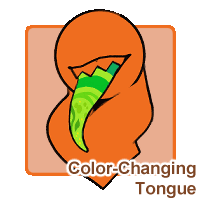
Can be applied by:
Common Crowns (Common)
[This includes all Common Traits for CCCat Crowns. They do NOT need to be listed at all when uploading a design, and are strictly informational. You may use as many as you’d like while designing a MYO]
- Crowns on Back of Head - [Crowns are situated behind the ears and on the back of the head. Crowns must be clearly connected to the head]
- 3-4 Crownspikes
- Mid-Length Crown
- Differing Crowns - [Crowns with different styles, shapes, or colors per spike]
- Emotive Crowns - [Crowns can emote and move to convey a CCCat's emotions]
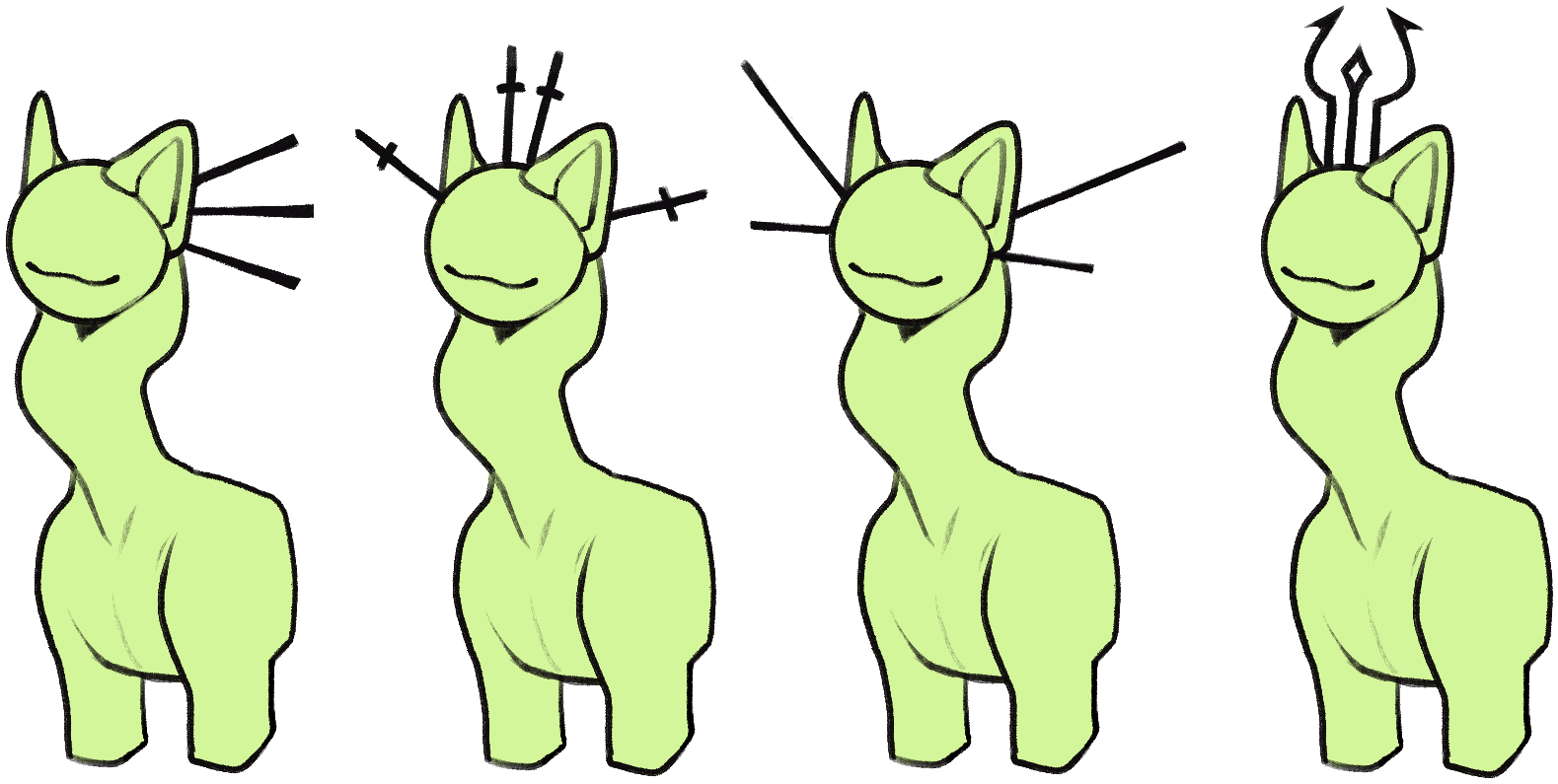
Crowns on Forehead (Uncommon)
[Crowns are situated on the forehead, in front of the ears]
- Crown sits in front of the ears
- Can have crowns on both the forehead and in common placements such as trailing behind the ears, on the back of the head, etc.
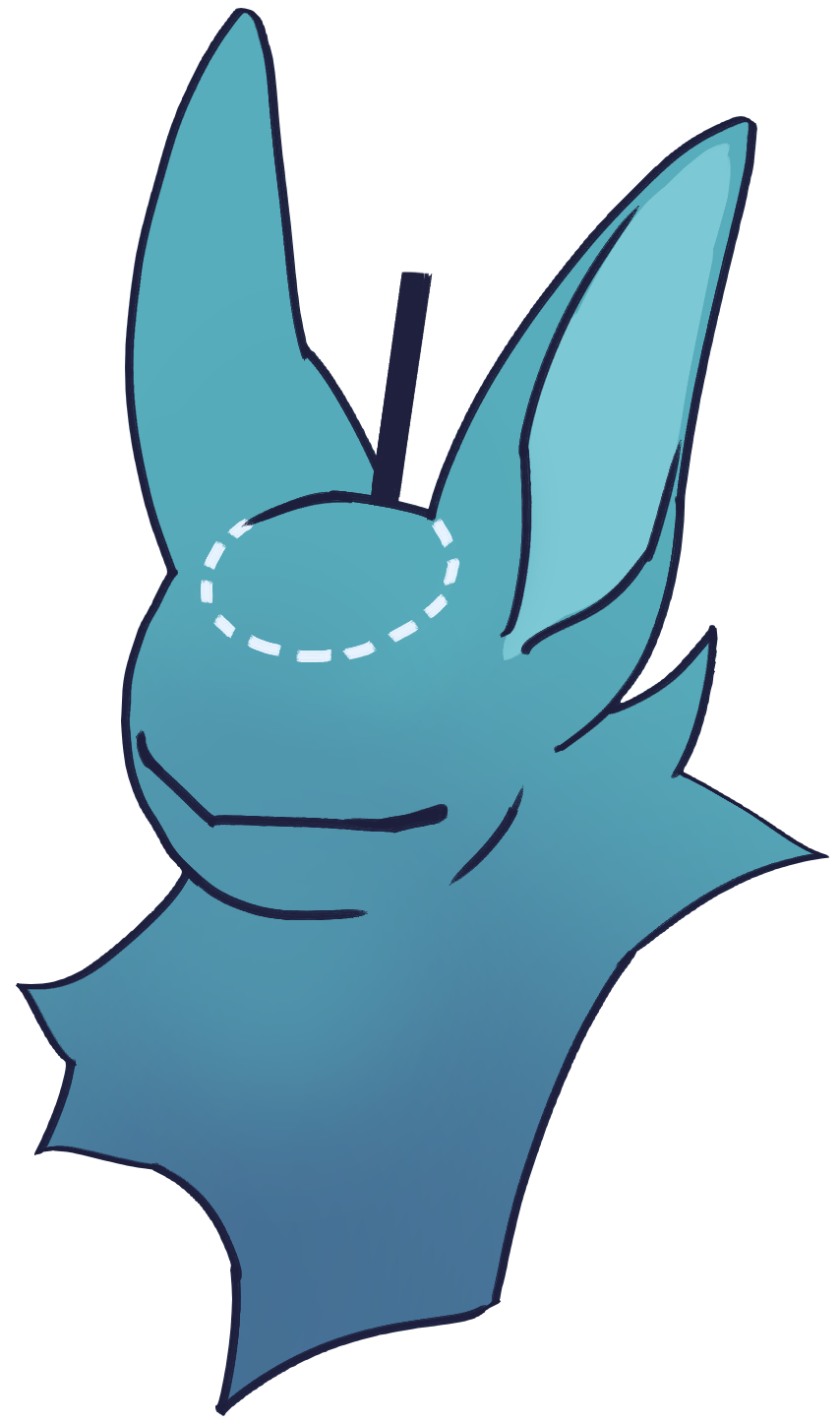
5-7 Crownspikes (Uncommon)
[5-7 crownspikes total]
- Counts for the total crowns across all parts of the body
Can be applied by:
8-9 Crownspikes (Rare)
[8-9 crownspikes total]
- Counts for the total crowns across all parts of the body
Can be applied by:
10-20 Crownspikes (Myth)
[10-20 crownspikes total]
- Counts for the total crowns across all parts of the body
Can be applied by:
1-2 Crownspikes (Myth)
[1-2 crownspikes total]
- Counts for the total crowns across all parts of the body
Can be applied by:
21-30 Crownspikes (Touched)
[21-30 crownspikes total]
- Counts for the total crowns across all parts of the body
Thick Crown (Uncommon)
[Crown is thick at the base]
- Crown is thick at the base where it connects to the body
- This trait is not needed if the base remains thin
- Crowns should not resemble spikes or objects too heavily, and must still be readable as a crown
Minimum Thickness
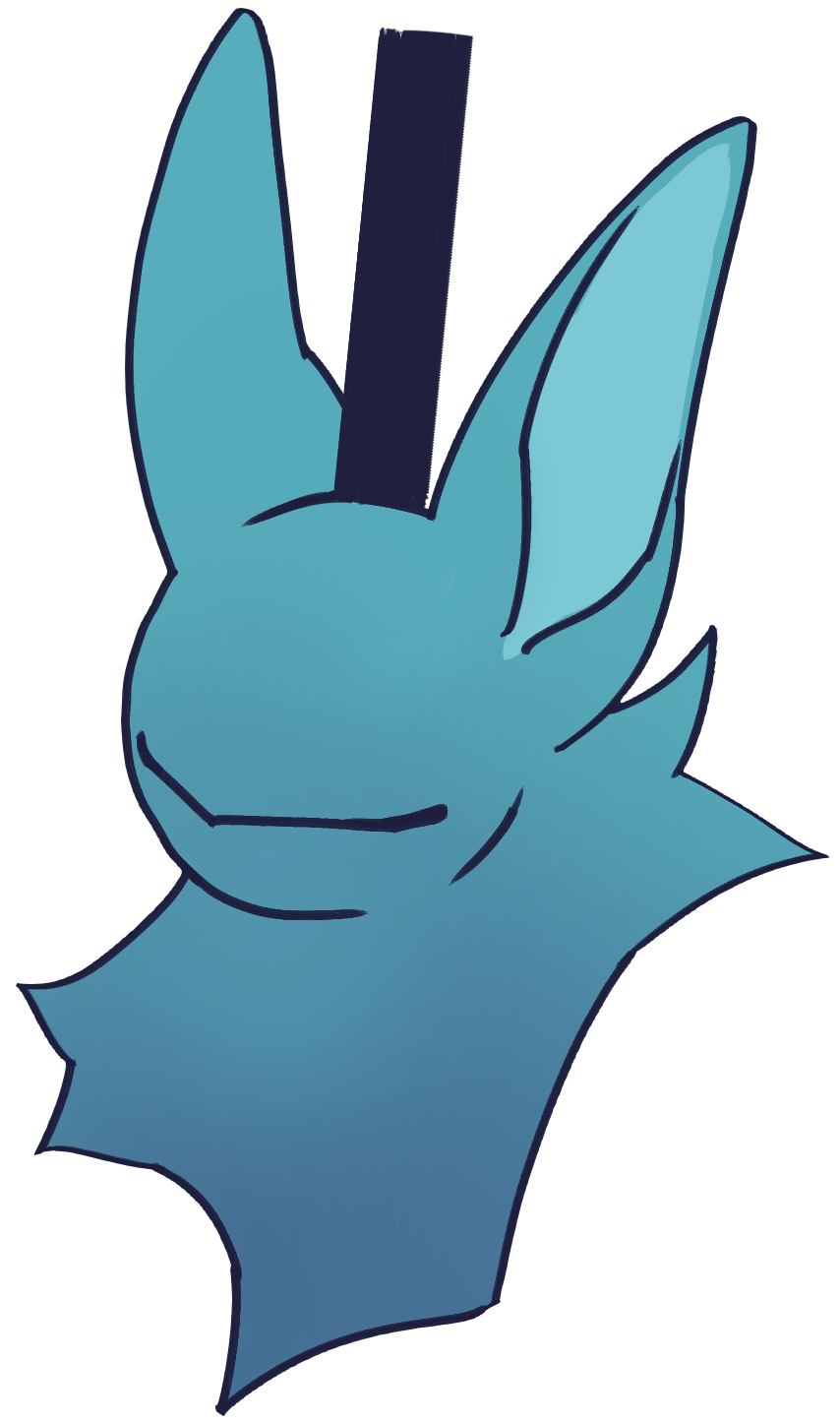
Short Crown (Uncommon)
[Crown is shorter than usual]
- Crown is usually shorter than the length of the head
- Can have both long and short crowns simultaneously

Particle Crown (Uncommon)
[Non-elemental and glitter-like effects fall or hover around the crown]
- Can be shaped
- Should remain focused around the crowns and not float too far away.
- Particles can spawn and dissipate with time or float in a cloud around the crowns
- Can be affected by marking types. With Sparkling Markings the particles themselves may be sparkles.
- Effects cannot be elemental
- Cannot be turned off
Can be applied by:
Dangling Crownspikes (Uncommon)
[Crowns that act like string and hang rather than stand upright]
- Can affect the entire crown or part of a crownspike
- Crowns may still be wiggly or point down without the use of this trait
Can be applied by:
Crowns on Face/Cheeks (Rare)
[Crowns on the front of the face and cheeks]
- Crowns sit on the face or cheeks
- Can have crowns on both the face, forehead and in common placements such as the back of the head or trailing down the neck without needing extra traits
